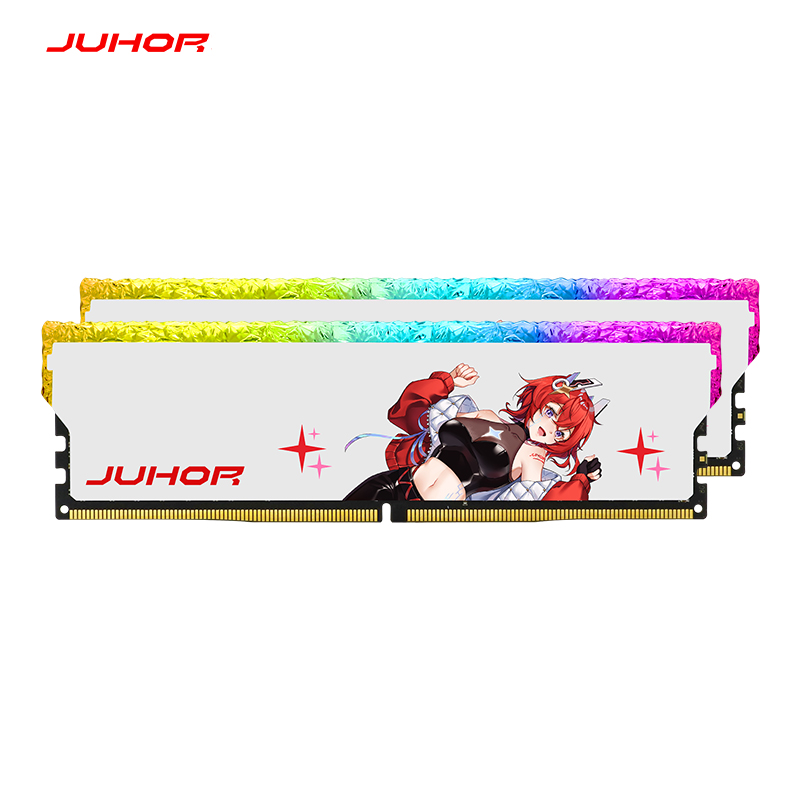When it comes to computer memory, most people focus on frequency ratings such as DDR3 1600MHz, DDR4 3200MHz, or DDR5 6000MHz. However, speed alone doesn’t define memory performance. Memory timings — a set of numerical values defining how quickly a module responds to commands — are just as important. Understanding what memory timings mean and how they affect real-world performance can help users make better choices when selecting or optimizing their RAM.
Memory timings are displayed as a series of numbers, such as 9-9-9-24 for DDR3 memory. These values represent delays within the memory’s operation cycle and show how long it takes for data to be accessed, processed, and made available to the CPU. In general, lower numbers indicate faster response times, though this relationship depends on both latency and frequency.
The most common parameters in memory timing include:
CAS Latency (CL): The number of clock cycles it takes for data to be available after a command is issued.
tRCD (Row to Column Delay): The time between activating a row and accessing its column.
tRP (Row Precharge Time): The time required to prepare a new memory row for access.
tRAS (Row Active Time): The minimum duration a row must remain active to ensure data stability.
For example, DDR3 memory typically runs with timings around 9-9-9-24, while DDR4 and DDR5 modules often have higher numbers such as 16-16-16 or 36-36-36. This doesn’t necessarily mean newer generations are slower — it simply reflects differences in design and clock cycle frequency.

To better understand timing behavior, let’s take DDR3 memory as an example. DDR3 operates with relatively low frequencies compared to newer generations but has tighter timings, such as 9-9-9-24. Each value defines a delay in nanoseconds based on the memory’s internal clock speed.
For instance, at 1600MHz, one clock cycle equals 1/1600 of a microsecond. Thus, a CL9 latency translates to approximately 11.25 nanoseconds. These timing values directly influence how fast the CPU can retrieve or store data from the memory module. Even slight differences can affect performance, particularly in workloads that rely heavily on memory access — such as gaming, 3D rendering, or video editing.
A common misconception is that lower CAS latency always results in better performance. In reality, memory latency is determined by both timings and frequency. The formula for true latency is:
Latency (ns) = (CAS Latency ÷ Frequency) × 2000
This means a higher-frequency memory module can offset higher CAS latency values. For example, DDR4-3200 CL16 has nearly the same real-world latency as DDR3-1600 CL9. As memory generations evolve, the increase in frequency usually compensates for higher timing numbers, maintaining or improving actual performance.
Therefore, when choosing between memory modules, it’s essential to balance both frequency and timings rather than focusing on one metric alone.
Memory timings can noticeably influence system performance, but the degree of impact varies by application. In everyday computing tasks such as browsing or document editing, timing differences are minimal. However, in performance-sensitive applications — including gaming, content creation, or large data processing — faster response times can lead to smoother and more efficient operation.
For DDR3 memory systems, optimizing timings through BIOS settings can slightly improve responsiveness without needing a full hardware upgrade. Reducing CAS latency or tightening tRCD and tRP values can enhance data transfer efficiency, provided the system remains stable. However, aggressive tuning without proper voltage control can lead to instability or overheating.

Overclocking refers to manually increasing the memory’s clock speed to achieve higher performance. While it can yield noticeable improvements in bandwidth and responsiveness, it must be done carefully. DDR3 memory, for example, can often be overclocked from 1333MHz to 1600MHz or beyond with stable voltage adjustments.
However, higher frequency and tighter timings generate additional heat and may exceed system limitations if not properly managed. Users should ensure adequate cooling and use reliable motherboards that support timing adjustments. Additionally, overclocking can void warranties if not performed under manufacturer-recommended conditions.
When selecting memory, consider both speed and timings according to your system’s needs:
For older systems using DDR3, choose modules with lower CAS latency (CL8–CL10) for balanced performance.
For DDR4 or DDR5 platforms, prioritize higher frequencies while maintaining reasonable timings.
Ensure compatibility with the motherboard and CPU memory controller to avoid stability issues.
While timing differences may appear small, they contribute to overall performance efficiency, especially in memory-intensive workloads.
Memory timings are a fundamental aspect of RAM performance, defining how efficiently a system can access and process data. By understanding the relationship between CAS latency, clock speed, and true latency, users can make informed decisions about upgrading or optimizing their systems. Whether you’re fine-tuning DDR3 memory or configuring high-speed DDR5 modules, balanced settings can improve responsiveness and ensure stable performance.
Juhor, a professional DDR memory supplier, offers a full range of memory products designed to deliver reliable speed, stable timing performance, and long-term durability. For users seeking to enhance computing efficiency through optimized memory solutions, Juhor provides the expertise and quality you can trust.